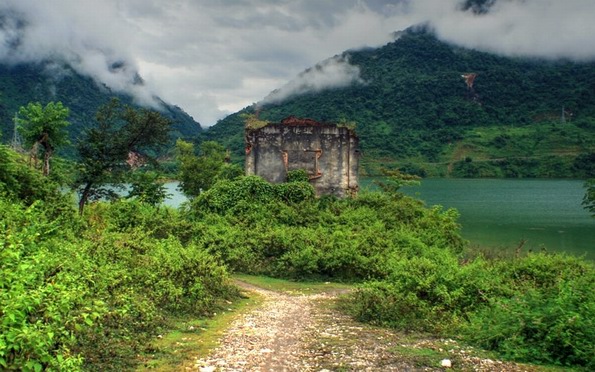
Three ancient mansions in the mountainous northern Vietnam
Once belonging to the three families that ruled the Northern region in the last century, these mansions are associated with special historical stories with very different endings, if you have a chance to visit the mountainous Northern Vietnam you must visit them...
You may be interested in:
►►► How to travel Cao Bang in 2 days and things to do
►►► 10 most spectacular mountain passes in central Vietnam
►►► Wonderful trekking Ta Nang to Phan Dung
1 - H'mong King palace in Ha Giang
The palace of H'mong King Vuong Chinh Duc (Sa Phin, Dong Van, Ha Giang) is the most famous palace in the Northeast. Vuong Chinh Duc is the head of the Vuong family of the H'mong people in ancient Ha Giang. Rich by cross-border opium sales, he dominated the rocky plateau.
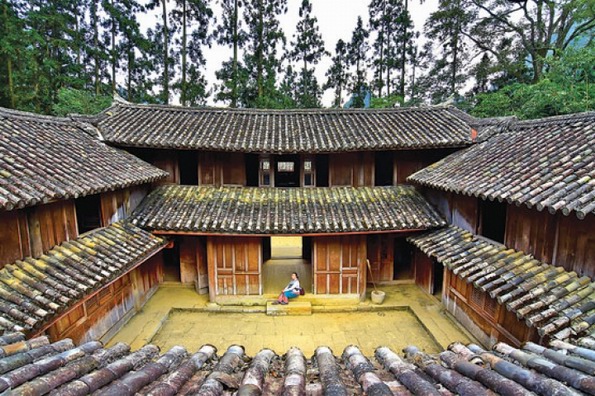
The Vuong family mansion was built in 8 years, costing about 150,000 Indochina white silver coins. The successor of H'mong King Vuong Chinh Duc is Vuong Chi Sinh, later followed the Vietnam communists and became a high-ranking official of Vietnam government.
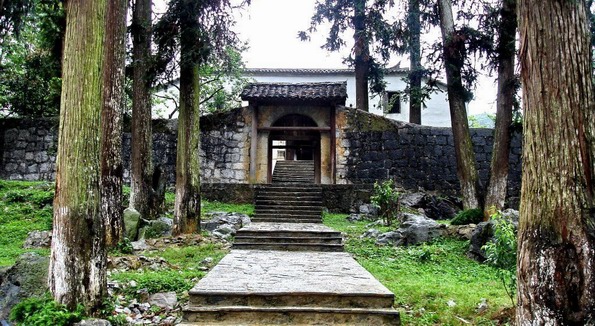
After many historical ups and downs, the architectural beauty of the magnificent mansion is still preserved intact. Inside the mansion, many original artifacts are preserved such as stone mortars, fireplaces, wooden tables and chairs for reception, stone baths, etc..
The mansion of H'mong King Vuong Chinh Duc is still owned by the Vuong family. The work was recognized as a national architectural monument of art in 1993.
2 - Hoang A Tuong palace in Bac Ha
Located in Bac Ha town, Bac Ha district, Lao Cai province, Hoang A Tuong's palace was once the headquarters of the Tay father and son, Hoang Yen Chao and Hoang A Tuong, the rulers of Bac Ha, at the beginning of the 20th century.
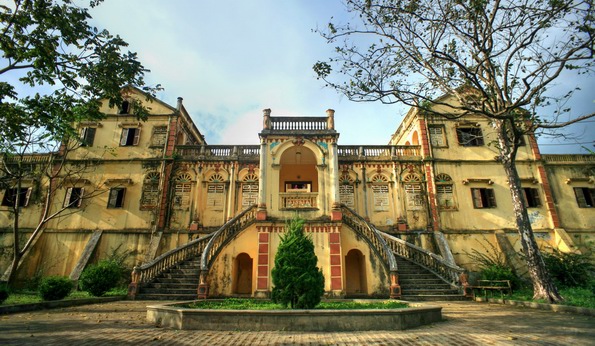
Backed by the French colonialists, Hoang Yen Chao - Hoang A Tuong tried to exploit the people, monopolizing the sale of salt, forest products, opium and essential goods... so he accumulated a huge fortune. Hoang A Tuong palace is the evidence for the rule of the Hoang family.
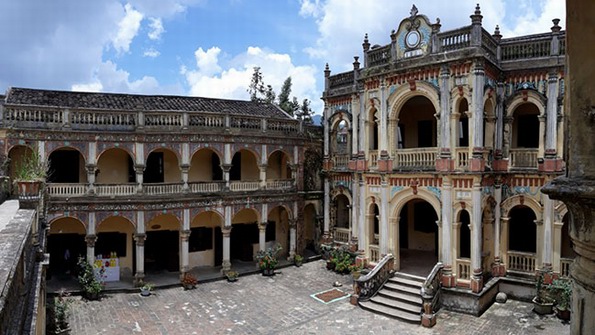
In 1950, when Bac Ha was liberated, the Hoang family fled to France. After that, Hoang A Tuong's palace was still kept and preserved quite intact, but most of the furniture and artifacts in the palace were lost, so the rooms were empty.
Currently, Hoang A Tuong palace is under the management of Lao Cai Department of Culture, Sports and Tourism. In 1999, this work was recognized as a national architectural and artistic monument.
You may be interested in:
►►► Travel Halong bay and Sapa
►►► Hanoi tours and travel guide
►►► Travel Saigon
3 - Deo Van Long palace in Lai Chau
Located on a strip of land jutting out at the confluence of Nam Na and Da rivers in Le Loi commune, Sin Ho district, Lai Chau province, the Deo Van Long mansion used to be the property of Deo Van Long, a Thai lord whose richness and brutality were notorious for a long time in the Northwest.
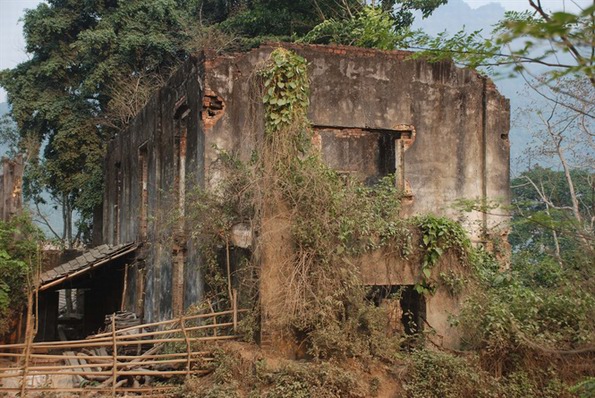
Looking back at the history, after occupying Lai Chau, the French colonialists set up Thai lord Deo Van Tri, later succeeded by his son Deo Van Long, to govern the Thai Autonomous Region in the Indochinese Federation. When in power, Deo Van Long severely exploited and brutally oppressed people in the region.
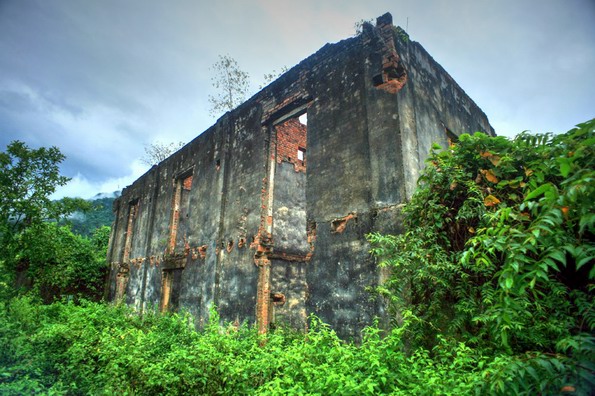
After the defeat of the French colonialists at the battle of Dien Bien Phu in 1954, Deo Van Long flew by helicopter to Hanoi and then fled to Laos and took refuge in France until his death in 1975. When Deo Van Long fled, The people of the area came and destroyed the former lord's mansion.
Since then, the entire once-familiar mansion has turned into a ruin. When Son La hydroelectricity plant was built, some works of Deo Van Long palace were partially submerged under the water of Son La hydropower reservoir.
You may be interested in:
►►► Vietnam tours for families
►►► Vietnam beach breaks
►►► Adventure tours in Vietnam








